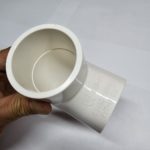PVC (Polyvinyl Chloride) fittings are essential components in plumbing, irrigation, and many DIY projects. Whether you're a seasoned professional or a weekend warrior, understanding PVC fittings can be challenging. Here, we answer the top 10 most common questions about PVC fittings to help you navigate your next project with confidence.
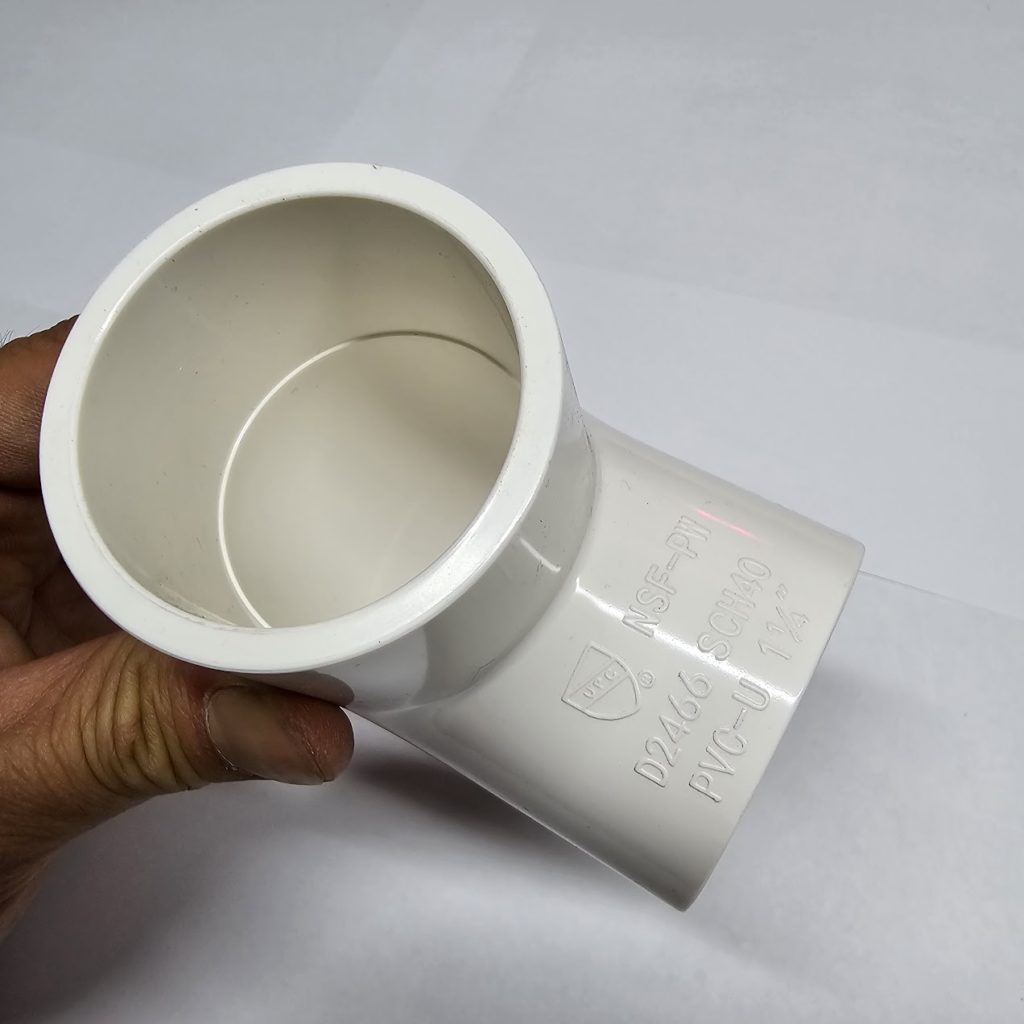
1. What is the Difference Between Schedule 40 and Schedule 80 PVC Fittings?
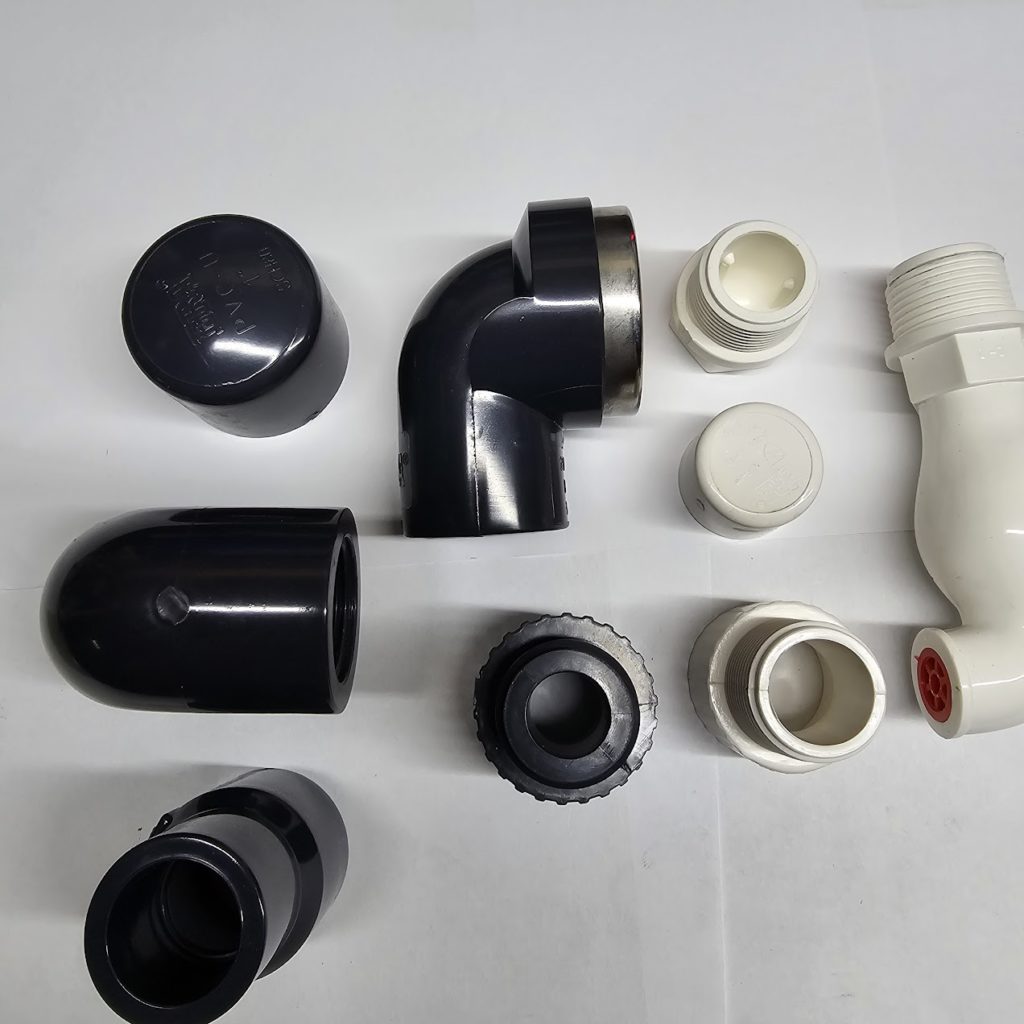
Answer:
Schedule 40 and Schedule 80 refer to the thickness of the PVC pipe walls. Schedule 40 PVC fittings have thinner walls and are generally used for residential plumbing and irrigation systems where lower pressure is involved. Schedule 80 PVC fittings have thicker walls, making them suitable for industrial applications with higher pressure requirements. Visually, Schedule 80 fittings are often darker (grey) and more robust than the white Schedule 40 fittings.
2. How Do I Know Which Size PVC Fitting I Need?
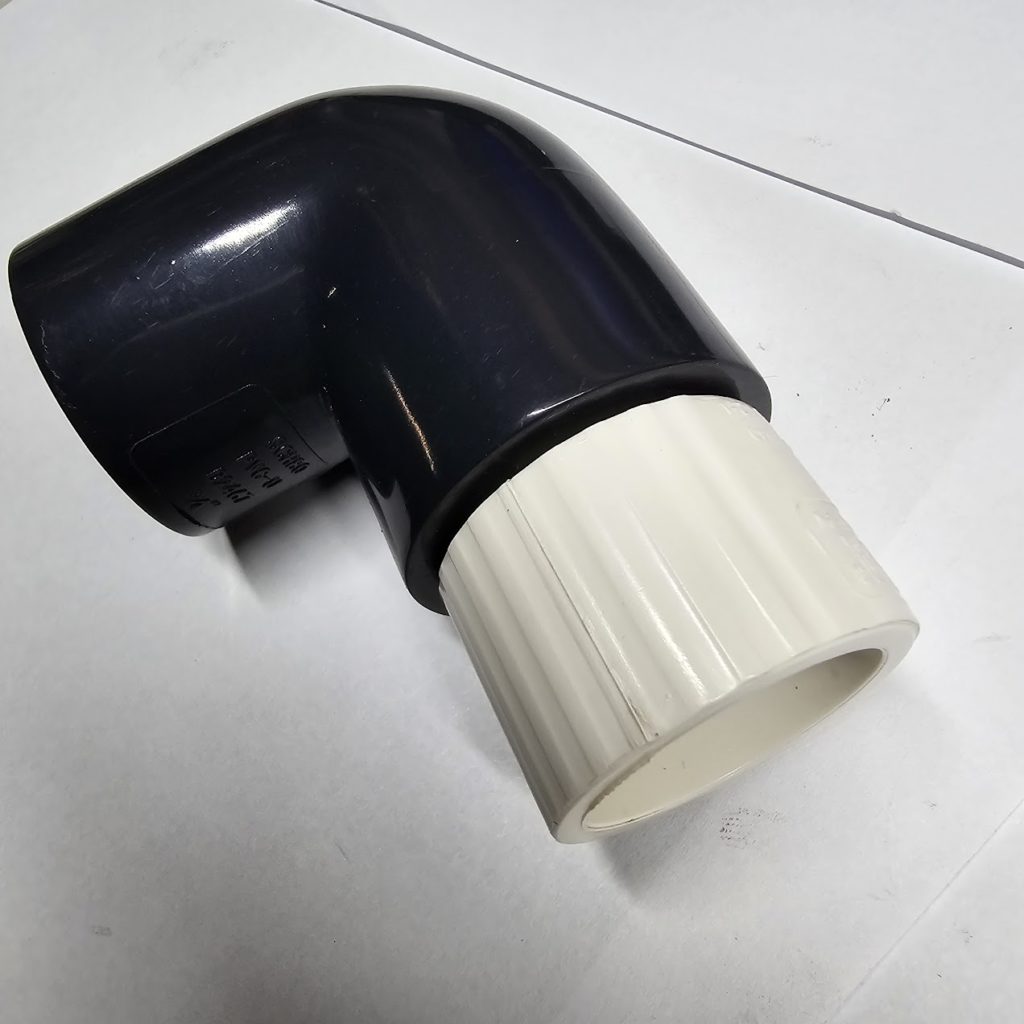
Answer:
PVC fittings are sized based on the nominal pipe size (NPS), which is the inside diameter of the pipe. To determine the correct size, measure the outside diameter of the pipe and match it to the corresponding fitting size. It's important to note that PVC pipe sizes are not directly related to the actual diameter of the pipe, so always refer to a PVC sizing chart for accurate measurements.
3. Can PVC Fittings Be Used for Hot Water?
Answer:
Standard PVC fittings are not suitable for hot water applications because they can warp or degrade under high temperatures. For hot water, CPVC (Chlorinated Polyvinyl Chloride) fittings should be used, as they are designed to withstand higher temperatures, up to 200°F (93°C), compared to the 140°F (60°C) maximum for PVC.
4. How Do I Properly Glue PVC Fittings?
Answer:
To properly glue PVC fittings, follow these steps:
- Cut the pipe to the desired length and ensure the ends are clean and free of burrs.
- Dry-fit the pipe and fitting to ensure they fit snugly.
- Apply primer to the outside of the pipe and the inside of the fitting.
- Apply PVC cement to the primed areas.
- Insert the pipe into the fitting, giving it a quarter turn to evenly distribute the cement.
- Hold in place for about 30 seconds to allow the cement to set.
5. What is the Difference Between PVC Couplings and Unions?
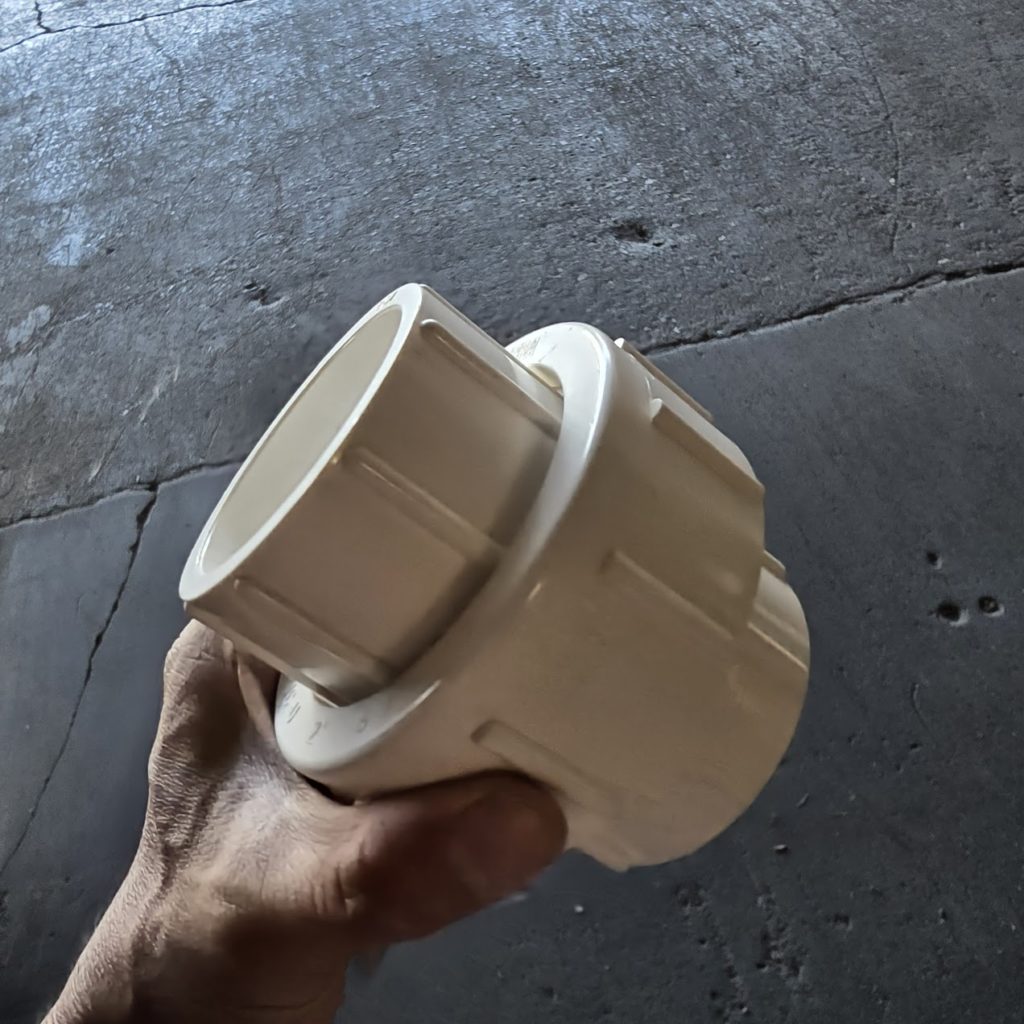
Answer:
PVC couplings are used to connect two pieces of pipe in a permanent, glued connection. Once installed, couplings cannot be easily removed. PVC unions, on the other hand, allow for easy disconnection and reconnection of pipes. Unions have a threaded design with an O-ring that provides a leak-proof seal, making them ideal for applications where maintenance or replacement may be needed.
6. Can PVC Fittings Be Buried Underground?
Answer:
Yes, PVC fittings can be buried underground, but they must be properly rated for the application. For potable water and irrigation, Schedule 40 or Schedule 80 PVC fittings are commonly used. When burying PVC, ensure it is installed below the frost line to prevent freezing and cracking. Additionally, consider using a protective sleeve or conduit to guard against damage from shifting soil or roots.
7. How Do I Repair a Leak in a PVC Fitting?
Answer:
To repair a leak in a PVC fitting:
- Identify the source of the leak and turn off the water supply.
- Drain the pipes and dry the area around the leak.
- Cut out the damaged section of pipe and fitting using a PVC pipe cutter.
- Replace the fitting with a new one, following the proper gluing procedure.
- Allow the cement to cure for the recommended time before turning the water back on.
For small cracks, a PVC repair kit or epoxy putty can be used as a temporary fix.
8. What is the Maximum Pressure PVC Fittings Can Handle?
Answer:
The maximum pressure that PVC fittings can handle depends on the Schedule rating. Schedule 40 PVC fittings are generally rated for up to 450 psi at room temperature, while Schedule 80 fittings can handle up to 630 psi. It's important to note that the pressure rating decreases as the temperature increases, so always refer to the manufacturer's specifications for accurate information.
9. Are There Any Environmental Concerns with Using PVC Fittings?
Answer:
PVC is a widely used material due to its durability and cost-effectiveness. However, there are environmental concerns related to its production and disposal. The manufacturing process involves the use of chlorine, which can release harmful chemicals. Additionally, PVC is not biodegradable, so it can contribute to plastic pollution if not properly recycled. Some PVC products are now made with eco-friendly materials or additives to reduce environmental impact.
10. Can I Use PVC Fittings for Air or Gas Applications?
Answer:
No, PVC fittings should not be used for compressed air or gas applications. PVC is not designed to withstand the high pressures and temperature variations associated with air and gas systems, and it can shatter under pressure, leading to potential safety hazards. For air or gas applications, metal or specialized plastic fittings designed for those purposes should be used.
Conclusion
Understanding the ins and outs of PVC fittings can help ensure your projects are successful and long-lasting. By addressing these common questions, you're better equipped to select the right materials and avoid common pitfalls. Whether you're working on a plumbing system, irrigation, or a custom DIY project, these tips and insights will guide you in the right direction.

